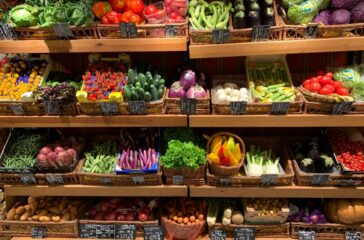Healthy or high risk? New analysis warns of pesticide residues on some fruits and veggies
By Carey Gillam
Several types of fruits and vegetables generally considered to be healthy can contain levels of pesticide residues potentially unsafe for consumption, according to an analysis conducted by Consumer Reports (CR) released on Thursday.
 EWG
EWG